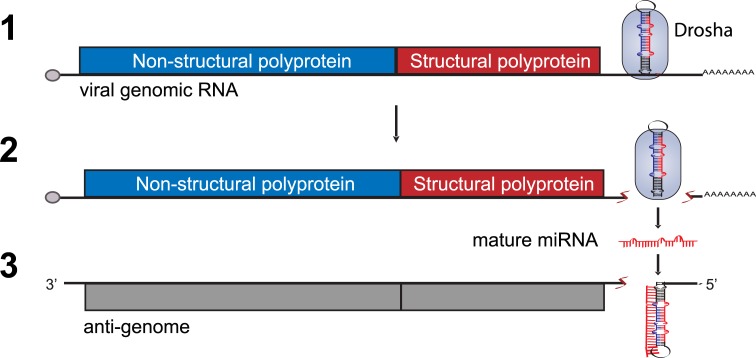Fig 2. Depiction of the theoretical constraints to explain the absence of RNA-virus–encoded miRNAs.
(1) Drosha, the RNase III nuclease required for the initial processing step in miRNA biogenesis, was thought to be exclusively nuclear. However, during infection, Drosha can translocate, allowing access to the cytoplasmic viral genomic material. (2) Drosha engagement with and subsequent processing of RNA-virus–encoded hairpins leads to destruction of the genome. (3) After further processing, the resulting mature miRNA would be perfectly complementary to the viral antigenome. RISC engagement of this complementary region within the antigenome would lead to slicing and thus rapid destruction of the target. miRNA, microRNA; RISC, RNA-induced silencing complex.

